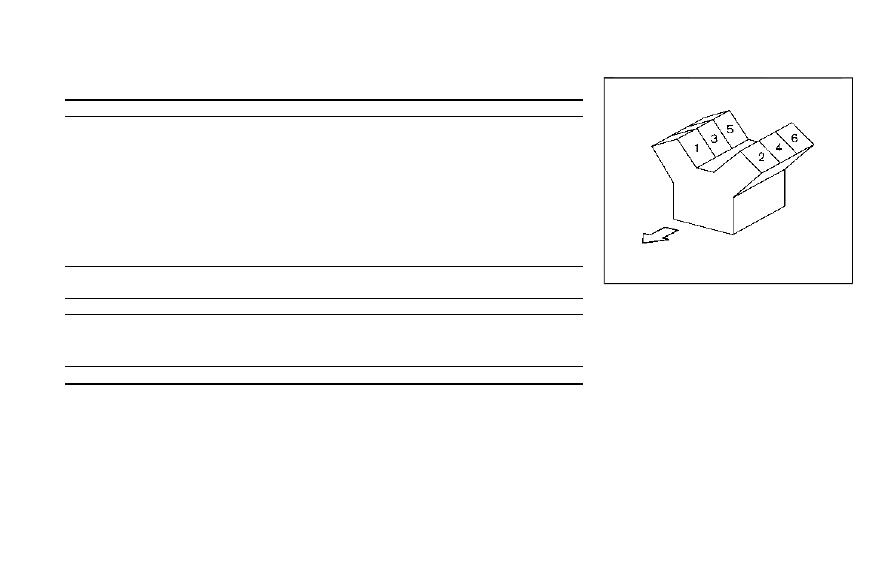Nissan Z (2023 year). Manual in english - page 24

ENGINE
Model
VR30DDTT
Type
Gasoline, 4-cycle
Cylinder arrangement
6-cylinder, V-slanted at 60°
Bore × Stroke
Metric measure
86.0 mm× 86.0 mm
US measure
3.386 in× 3.386 in
Displacement
Metric measure
2,997 cm
3
US measure
182.88 cu in
Firing order
1-2-3-4-5-6
Idle speed
rpm
No adjustment is necessary.
Ignition timing (B.T.D.C.)
degree/rpm
Spark plug
Standard
DILKAR8K8G
Spark plug gap (Normal)
Metric measure
0.8 mm
US measure
0.031 in
Camshaft operation
Timing chain
This spark ignition system complies
with the Canadian standard ICES-002.
STI0425
Technical and consumer information
10-9
SPECIFICATIONS